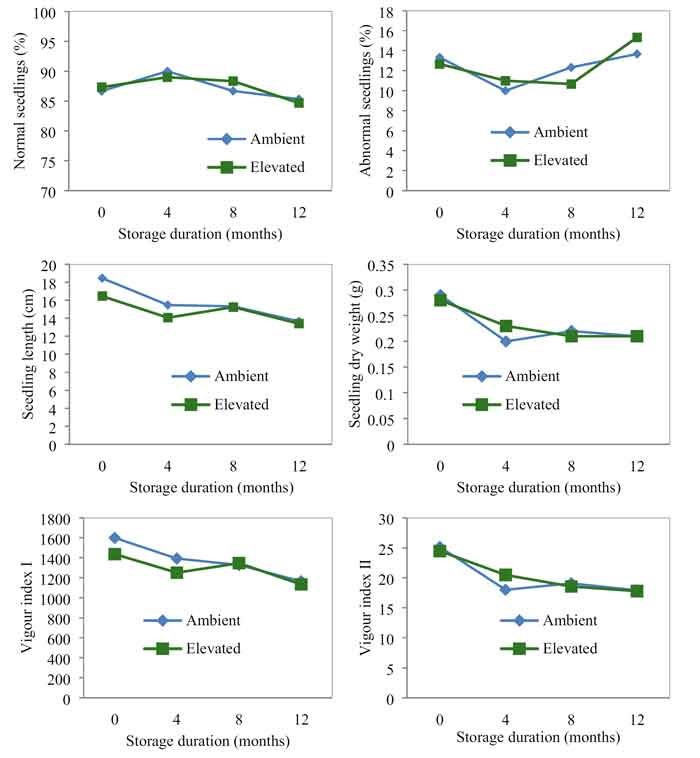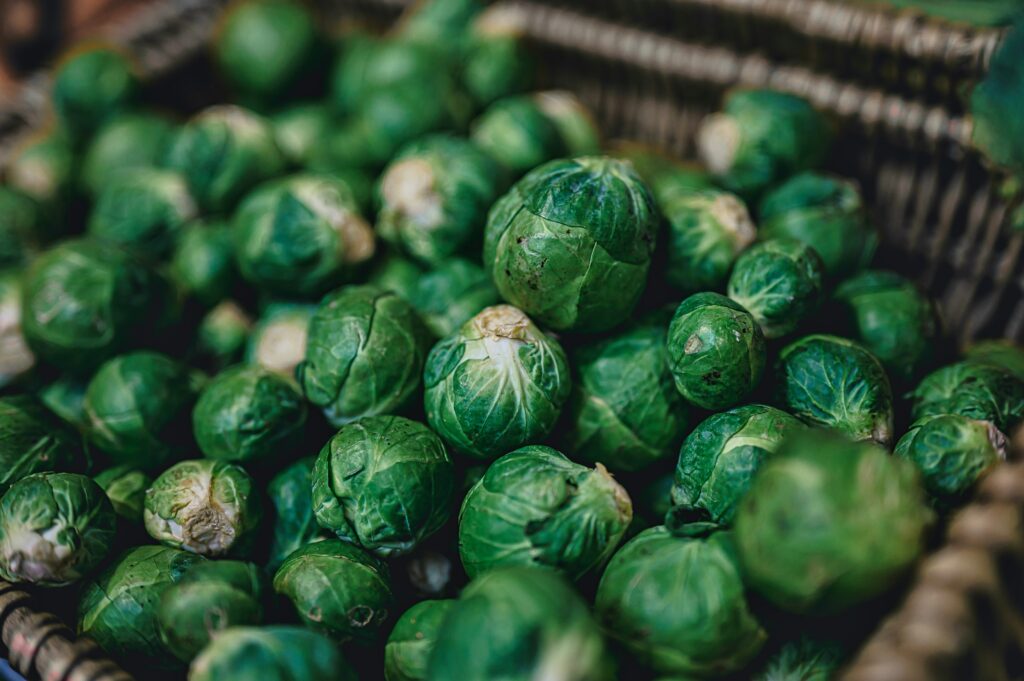From CO2Science: Working at the experimental farm of ICAR-Indian Institute of Pulses Research in Kanpur, Uttar Pradesh, India, Lamichaney et al. (2021) examined the effects of atmospheric CO2 enrichment on chickpea (Cicer arietinum, cv. JG 14). Plants were grown in the field in open-top chambers for two separate growing seasons (2017/18 and 2028/19) under either ambient (~400 ppm) or elevated (~600 ppm, maintained from 9 am to 5 pm only from plant emergence through harvest) CO2 with adequate fertilization and irrigation. Although a number of growth and physiology-related parameters were studied under these two growing conditions, the main focus of the article was on seed quality, e.g. germination rate, vigor, weight, shape, size, etc. As expected, CO2 enrichment had a positive effect on a number of growth-related parameters.
Paper reviewed: Lamichaney, A., Tewari, K., Basu, P.S., Katiyar, P.K., and Singh, N.P. 2021. Effect of elevated carbon-dioxide on plant growth, physiology, yield and seed quality of chickpea (Cicer arietinum L.) in Indo-Gangetic plains. Physiology and Molecular Biology of Plants 27: 251-263.
In particular, pod dry weight and total plant dry weight were stimulated by approximately 19% and 16%, respectively, in both years in the elevated CO2 treatment compared to ambient. Additionally, elevated CO2 increased both the number of pods and number of seeds per plant by 8-10% and 8-9%, respectively, leading to an overall CO2-induced increase in seed yield of 11.2% in 2017/18 and 17.6% in 2018/19.
Focusing on seed quality attributes, Lamichaney et al. report elevated CO2 “did not affect the physical attributes (volume, density, length, width and thickness) of seeds harvested.” Nor did it have any influence on seed germination capacity as “seeds from both environments recorded similar germination percentage[s].” What is more, the authors say “no significant differences were observed in the percentage of normal seedlings, abnormal seedlings, seedling length, seedling dry weight, vigor index I and vigor index II of seeds produced under ambient CO2 and elevated CO2 after one year of storage” (see Figure 1).
Considering the above findings, Lamichaney et al. say their results “suggested no effect of elevated CO2 mediated changes in chickpea crop physiology on the germination and vigor of seeds produced,” which finding (or rather absence thereof) “is expected to have no impact on [the] chickpea seed industry.”

Figure 1. Percent of normal and abnormal chickpea seedlings from harvest through one year of storage under ambient and elevated CO2 conditions, along with measurements of seedling length, dry weight, and vigor index I and II. Source: Lamichaney et al. (2021).


